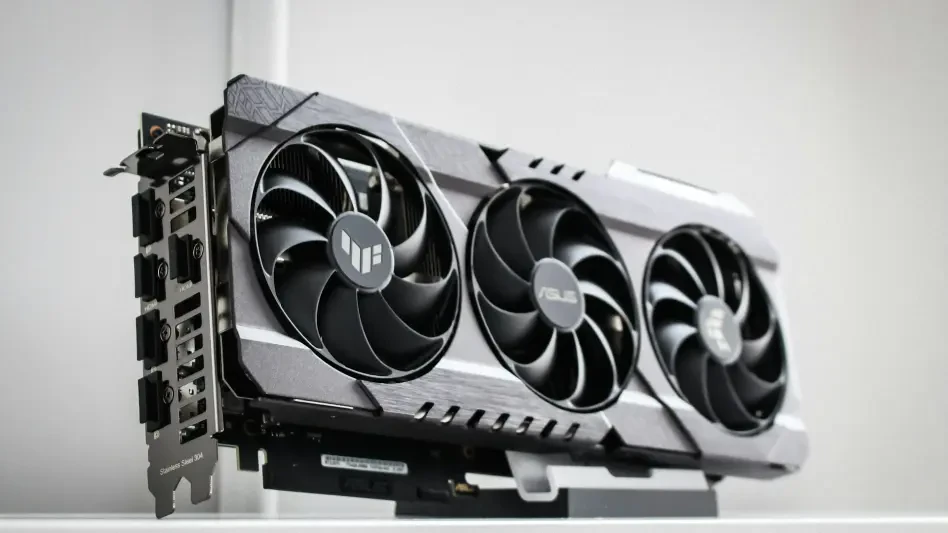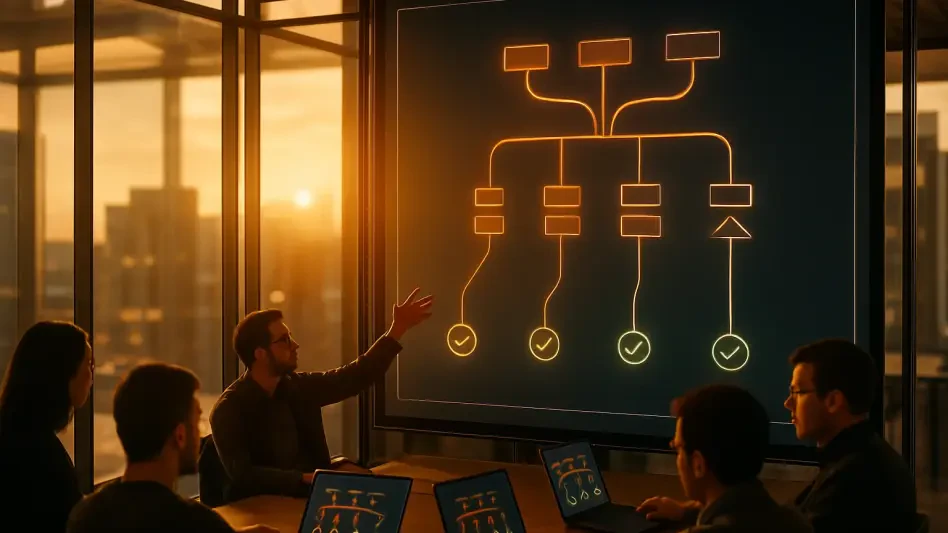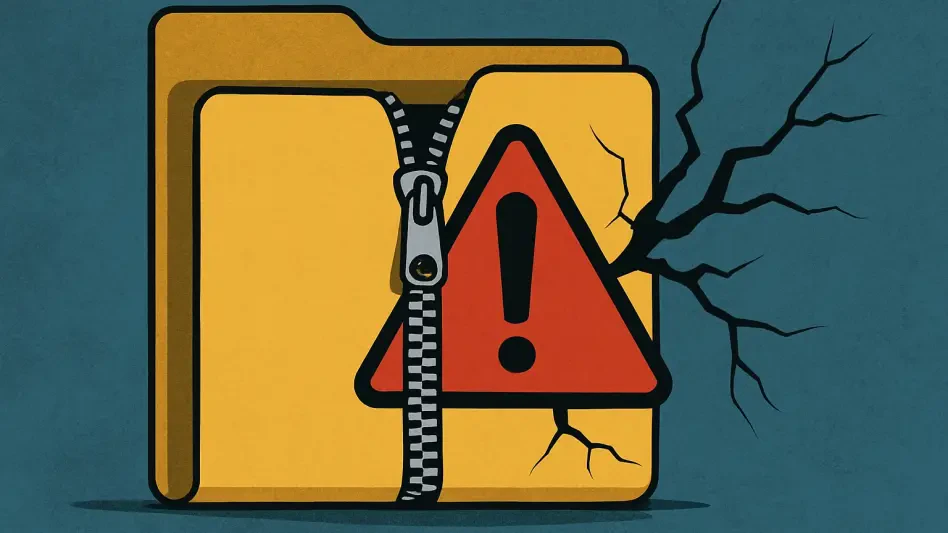In an era where digital security is paramount, the rapid evolution of GPU technology has presented both solutions and challenges in cybersecurity, particularly in password protection. The unveiling of the GeForce RTX 5090 GPU stands as a testament to the technological leaps made in computational power, bearing implications for password cracking and security paradigms. Notably, this advanced hardware provides unique insight into the ongoing battle between security infrastructure enhancements and escalating threats in digital domains. This review explores the technological prowess of GPUs, emphasizing current capabilities, and offers an in-depth analysis of the implications for cybersecurity.
Understanding GPU Technology in Cybersecurity
Graphics processing units (GPUs) have transitioned from their traditional roles in rendering graphics to becoming powerful tools in complex computational tasks. In the realm of cybersecurity, GPUs have revolutionized password-cracking methodologies through their unmatched ability to perform numerous parallel operations swiftly and efficiently. This shift has positioned GPUs as key players in cryptographic analysis and password security endeavors, fostering an environment where decoding complex hashing algorithms becomes significantly more feasible.
The increased proficiency of GPUs has transformed computational processes, reducing the time required to crack passwords and potentially exposing vulnerabilities in password databases. Such advancements necessitate a deeper understanding of GPU architecture and the strategic development of countermeasures to safeguard sensitive information. Security professionals must stay informed about the latest GPU innovations to design secure systems and respond effectively to emerging threats.
Enhanced Computational Power of Modern GPUs
Recent advancements in GPU capabilities with models like the RTX 5090 highlight a substantial leap in computational performance, with Hive Systems noting up to double the speed compared to its predecessor, the RTX 4090. This increase in speed allows for accelerated password decoding processes, significantly influencing the dynamics of cybersecurity operations. The ability to perform highly complex calculations in shorter timescales demonstrates GPUs’ critical role in both offensive and defensive cybersecurity strategies.
The enhanced computational power of modern GPUs plays a pivotal role in advancing password cracking techniques. By reducing processing times, these advancements challenge traditional security measures and underscore the need for stronger, more sophisticated passwords. Consequently, the development of robust security protocols becomes imperative in mitigating potential risks and safeguarding sensitive information from unauthorized access.
Architectural Advancements Contributing to Security
The architectural improvements in the latest GPUs have been paramount in achieving superior performance metrics. These enhancements include more efficient processing cores and optimized algorithms that facilitate faster data processing, bolstering their effectiveness in handling extensive cryptographic tasks. As a result, the architectural evolution of GPUs has fundamentally altered the landscape of password cracking, necessitating a reassessment of security frameworks.
These architectural strides have simultaneously improved efficiency and reduced energy consumption, aligning with broader technological goals of sustainability and performance. As GPUs continue to evolve, the cybersecurity community must remain vigilant, adapting their strategies and methodologies to counteract potential threats arising from these technological advancements. By staying at the forefront of GPU developments, security experts can better protect personal and organizational data.
Recent Innovations and Trends
In the age of rapid technological advancements, recent innovations in GPU technology have furthered the capabilities of password security tools. With a focus on increasing processing efficiency, GPUs are continually leveraged to overcome challenges presented by robust encryption algorithms. This focus has spurred trends in the cybersecurity industry, where advanced hardware solutions are increasingly employed to bolster defense mechanisms and address potential vulnerabilities.
The emergence of new GPU applications in cybersecurity reflects a growing trend of industry professionals utilizing cutting-edge tools to combat threats effectively. As GPUs become more integrated into security systems, they offer a powerful means of analyzing complex data and enhancing threat detection capabilities. This trend underscores the importance of technological adaptation to meet the evolving needs of secure communication and data protection.
Real-World Applications Across Industries
GPU-powered password cracking technologies have found applications across diverse industries, wherein asset protection and data security are prioritized. Sectors such as finance, healthcare, and telecommunications have increasingly adopted these technologies to safeguard operations and ensure data integrity. GPUs’ ability to process vast amounts of information quickly and accurately makes them indispensable assets in protecting sensitive data against unauthorized access.
Notable implementations of GPU technology in password cracking include simulations to test system vulnerabilities, providing invaluable insights into potential weaknesses. These real-world applications highlight the necessity for ongoing investment in advanced security measures, as organizations strive to defend themselves against emerging cyber threats. A proactive approach toward adopting GPU solutions can greatly enhance protective measures across sectors.
Challenges and Limitations in Adoption
The integration and adoption of GPU technology in password security do not come without challenges. One such challenge lies in balancing computational speed with the complexity of encryption algorithms. While GPUs excel at rapid data processing, cracking highly complex passwords still requires prolonged timeframes, sometimes spanning years or centuries. This discrepancy highlights an inherent trade-off in the speed versus complexity equation that security experts must navigate.
Additionally, market and regulatory considerations may impact the widespread adoption of GPU technologies in cybersecurity. Organizations must comply with stringent regulations and manage economic constraints when implementing such powerful resources. Understanding these challenges and mitigating potential barriers through strategic planning and collaboration with industry partners is vital for maximizing GPU technologies’ potential in cybersecurity contexts.
Potential Future Developments
The trajectory of GPU technology development suggests a future filled with promising breakthroughs that will further redefine cybersecurity landscapes. Anticipated advancements in processing power, efficiency, and scalability are set to revolutionize password protection and broader cybersecurity practices. These future developments could lead to more sophisticated encryption methods and robust defenses against escalating threats.
As the digital landscape continues to evolve, the long-term implications of GPU technology for cybersecurity become increasingly relevant. Entities must remain vigilant, adopting flexible and innovative approaches to harness the potential of emerging technologies. By embracing future capabilities and staying informed about trends, industry professionals can cultivate secure environments and fortify defenses against potential cyber risks.
Final Thoughts on GPU-Powered Technology
This review has highlighted the remarkable advancements and potential applications of GPU technology in the domain of password cracking. While GPUs like the RTX 5090 exemplify cutting-edge computational prowess, their deployment in cybersecurity requires careful consideration of associated risks and benefits. The need for robust and strategic password management remains a critical element in safeguarding digital assets against potential breaches, despite the formidable power of advanced GPUs.
The assessment stressed the significance of proactive measures and continuous technological adaptation as keys to overcoming future challenges in cybersecurity. By prioritizing sophisticated security protocols and leveraging emerging GPU capabilities strategically, stakeholders can ensure data integrity and resilience in the face of persistent cyber threats.








